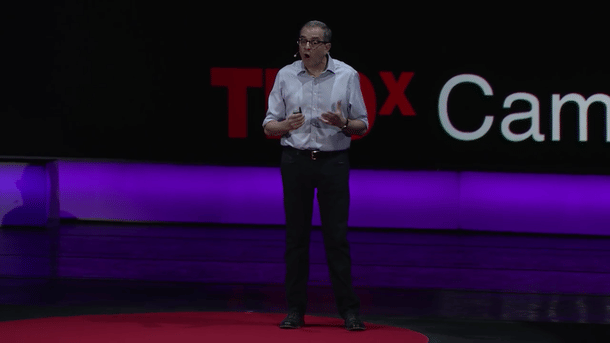Insta
Why Are There Still So Many Jobs? David Autor Explains The History and Future of Workplace Automation
Swarajya Staff
Dec 12, 2016, 12:18 PM | Updated 12:18 PM IST
Save & read from anywhere!
Bookmark stories for easy access on any device or the Swarajya app.


Why, despite two centuries of rapid automation, are there still so many jobs left in the world? Dr David Autor, acclaimed MIT economist and researcher, has the answer. Speaking at a TEDx Talks event, Autor starts by stating an interesting fact. In the 45 years since the introduction of the automated teller machine, the number of human bank tellers employed in the United States has doubled from a quarter of a million to almost half a million. The fraction of US adults employed in the labour market is higher in 2016 than it was in 1890.
He uses two fundamental economic principles to answer this question. While one has to do with human genius and creativity, the other is related to human greed. He calls the first one the ‘O-ring’ principle. Most of the work we do requires multiplicity of skills, Autor argues, adding that automating one part of a task doesn’t make the other part less important. In fact, it makes the other part more important because the success of the automated part now depends upon the one that is performed by a human.
The second theory is based on what Autor calls the ‘never get enough’ principle. According to Autor, an average worker in 2015 can attain the living standard of 1920s by just working 17 weeks a year. But the question is, will he be satisfied? No, and that has what led to more invention and innovation. This, in turn, has helped in generating jobs. “Material abundance has never eliminated perceived scarcity,” Autor says.
Watch him talk about the issue here:





